
We keep hearing the same story every year: newlyweds that are left desolated because the photographer lost their wedding images. From dual memory card slots to the ever decreasing price of computer storage, human negligence has become the weakest link in the workflow.
Consequences for not backing up your clients’ images properly can be severe. A lawsuit can easily put the photographer in financial distress or more recently, a visit to the ER due to potential heart attack. When brides Google your name and that is the first thing they see, consider your reputation ruined.
So why take the risk?

As you gain more experience, your portfolio naturally improves. I can even tolerate the price cutting from new photographers because you have to start somewhere, I get it. Everyone aspires to earn more so eventually you will be pressured to raise prices regardless. Understand that failing to deliver your clients’ images is the wedding photographer’s cardinal sin, I will never forgive myself and neither should you. A sound backup workflow is what separates professionals from amateurs. The reason for writing this on PetaPixel is to raise enough awareness, hopefully, so you can mitigate such risks and preserve your sanity.
By the way, my name is Jimmy, I’m a wedding photographer from Montreal (Canada) who goes by Pixelicious. Not only I am going to share some simple tips to help improve your backup workflow, but I will also explain why they matter. Those who have read my articles on wedding lighting and posing know that I write with the beginner photographer in mind. If you want something easy to understand but don’t know where to start, then you have come to the right place!
Consider a Camera with Dual Memory Card Slots
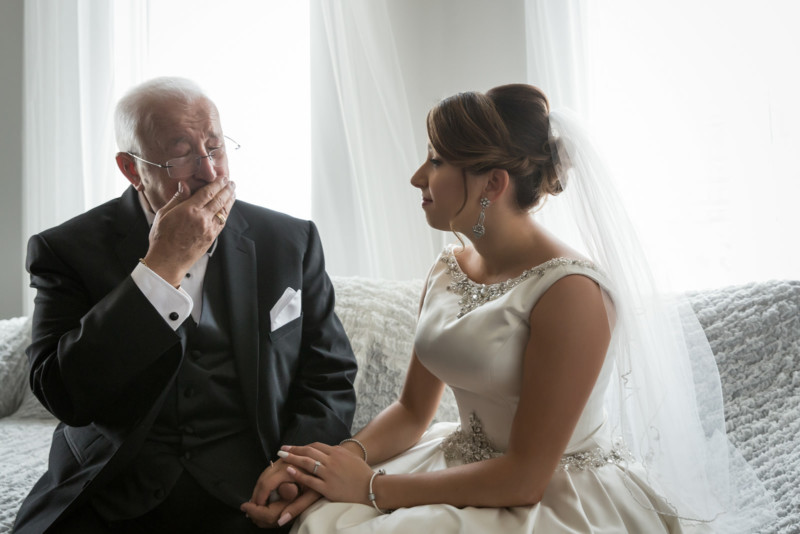
This is a highly controversial topic so let’s get it out of the way. There was a time when photographers had to shoot film or digital cameras with only one memory card slot. In other words, we were not given the luxury of choice.
The way I see this is simple: you can only gain by having a second memory card slot. Those feeling lucky can ignore that feature and continue to shoot weddings using one card only. Nobody is forcing you in using both slots! Meanwhile, those who experienced memory card failures (myself included) will see this as affordable insurance. If it helps you sleep better at night, then it is money well spent.
The problem is that manufacturers use dual memory card slots as part of their market segmentation strategy. Their “pro” lineup will have it whereas the “consumer” models won’t, often with pricing that is out of reach for wedding photographers that are just starting. My advice is to not fall victim of Gear Acquisition Syndrome (GAS). Yes, I wholeheartedly recommend shooting with dual slots but you also don’t need the latest and greatest.
The Sony a7 III has everything you can possibly want at $2,000, but there are cheaper options such as a used Canon 5D Mark III or 7D Mark II. Countless photographers have captured world-class images with the Nikon D800, D810, and D500. Fans of Fujifilm can look into the X-T2.
The prices of these very capable cameras have come down significantly and by purchasing used, you come out ahead of the depreciation curve. Funds are obviously tight when starting, but nothing prevents you in selling the same used camera after a year or two.
Do the math, save money now and thank me later.
RAW versus JPG. Use Both.
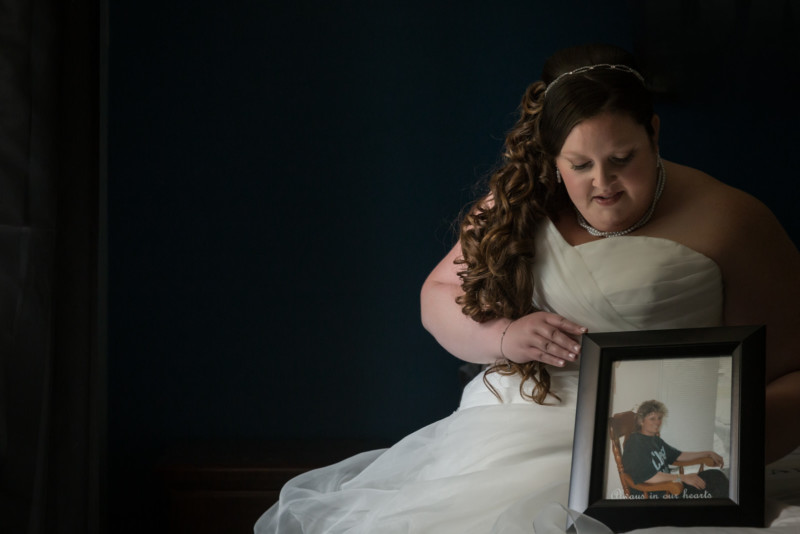
My preference is to record in both formats. RAW in one slot for retouching and JPG in the other for backup purposes due to smaller file size. On average I shoot 2,000 images at a wedding and with each JPG file at approximately 20 MB, it means that I need to backup 39 GBs worth of photos. I once outlined my backup strategy for Reader’s Digest, but I will elaborate in detail for fellow wedding photographers.
The idea in having two memory cards is to separate them in different locations later. Before leaving the reception, I place the JPG card in my wallet and it will stay there until the images are delivered to the client. If you have a trustworthy assistant, take 10 minutes to copy the JPGs onto his/her laptop (or another memory card) before going separate ways.
Unless I get mugged while walking in the parking lot or I get into a horrible car crash that will incinerate both my camera and body, I will take the necessary precautions in safeguarding the files.
Back home, I can start copying the RAW files onto my computer. You can also sync your JPG files into the cloud while you sleep. Whatever method you choose, the point is to not procrastinate when it comes to backup. The faster you can create multiple copies of your clients’ wedding photographs in different locations, the safer it will be.
Storage is Cheap. Really Cheap
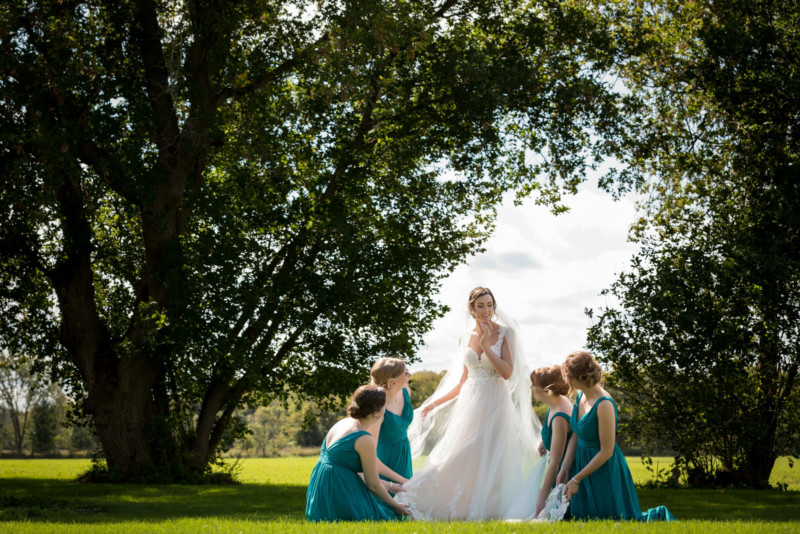
The price for computer storage continues to drop and it has never been this affordable. If you can afford camera gear, then there is no reason not to stock up on memory cards and external drives.
As of June 2019, an external WD 4 TB hard drive only costs $92. SanDisk 128GB SD cards can be purchased at $30 and if you are in a real pinch, a 128GB microSD costs $20 — just use it with the adapter. These items routinely go on sale!
Back then, wedding photographers developed the habit of using multiple, smaller cards. The argument is that if a memory card ever gets corrupted, we risk losing a small number of images and not everything. Since the availability of cameras with dual memory card slots, redundancy is achieved in real-time. I dislike fumbling with cards in the heat of the moment, so I just insert the largest capacity I can get away with and shoot all day. One less thing to worry about helps me stay focused.
Once you make sufficient income from photography, you can invest into more advanced backup systems.
Keeping Things Organized

I follow a few simple rules when organizing my library of images:
- One folder per wedding or event
- Use the same naming convention “YYYY MM DD – description” (ex: 2019 06 14 – John and Jane wedding)
- Export retouched photographs in chronological order with numerical sequence (ex: John and Jane wedding 001.jpg)
By including the date into the folder name, everything will be sorted in chronological order, even in the default alphabetical view. You can jump into the correct set of images by searching for the date or the client’s name. Having the images in sequence also helps the client when browsing for a specific shot. Things just make sense for everyone.
The key here is consistency such that you can stay on top of things. Find a method that works for you and your client then stick to it.
The Cloud is Your Friend

Here’s a quick breakdown from the largest tech companies (monthly pricing in USD):
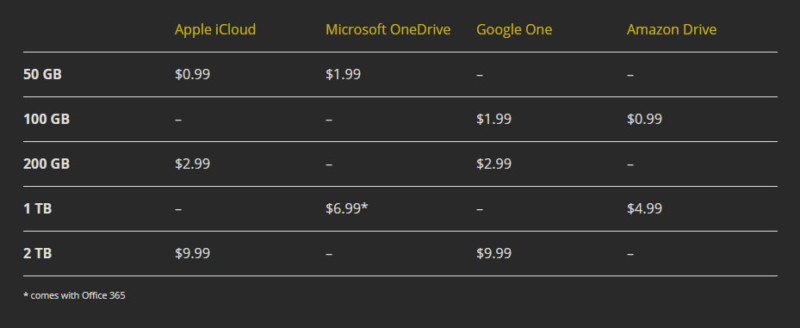
Apple has been slashing down its pricing for iCloud, there’s no need to shop around if you are already part of its ecosystem. Microsoft stands out by bundling its Office 365 with the 1 TB package, this represents great value for those who need it. Google One (formerly Google Drive), matches iCloud’s pricing head-on, although it offers the most flexibility by also offering 10, 20 and 30 TB tiers (not shown in table). Finally, Amazon Drive’s pricing is hard to beat, as expected.
Seriously, for only $1 per month, you can easily sync 2 to 3 weddings worth of JPG files onto Amazon Drive as backup. All of the above allow automatic syncing, so set it and forget about it. By the time you have retouched the first wedding, simply delete the backup JPG files from the cloud to make room for the next one.
Mitigate Risk with Faster Delivery
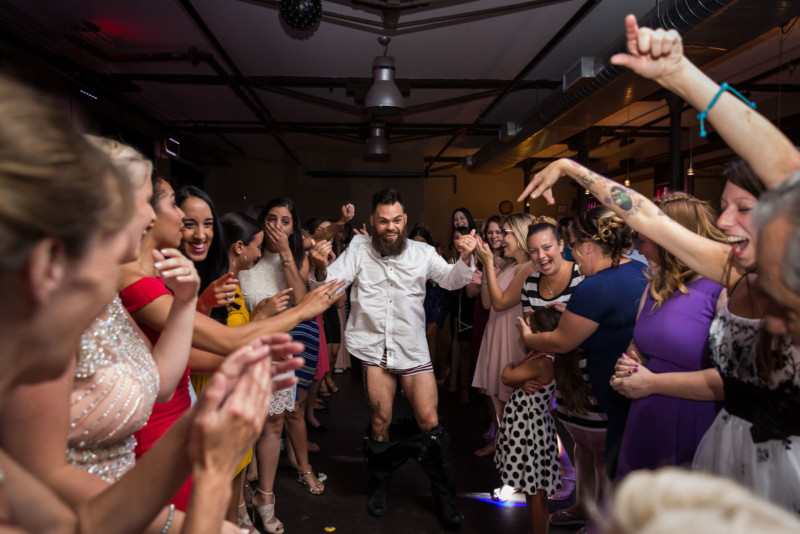
We live in a world that is obsessed with speed. As far as photography is concerned, fast beats slow, always. Photographers desire faster FPS, faster lenses, faster storage, faster computer for retouching, faster internet connection for uploads, faster everything!
Clients also have expectations and it is paramount to set them properly straight off the bat. Our contract says delivery of the digital files in four weeks but realistically, I tend to deliver them within a week or two. For a few reasons:
- If offers you the opportunity to exceed expectations
- Extra time buffer is there for back-to-back weddings, or other reasons preventing me to edit
- Most importantly, I mitigate the risk of hard drive failures by delivering the images sooner
It comes back to procrastination and avoiding it. The last thing I need is a corrupted Lightroom catalog, broken drive or theft of my computer at home, just before the deadline. The sooner the photographs are retouched, the earlier I can start backing up.
Encourage Your Clients to Do the Same
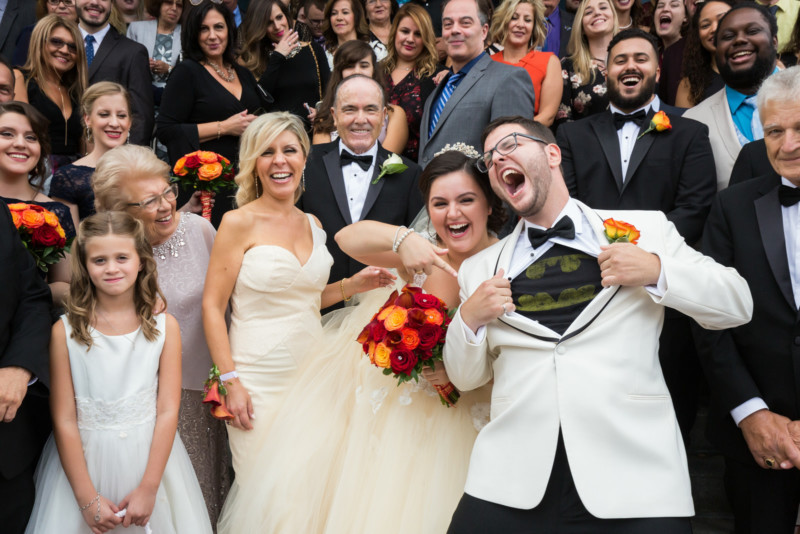
Not all brides and grooms are savvy with computers. Whenever they ask a question, see it as an opportunity to go above and beyond. Customer service doesn’t end after receiving the final payment. Encourage them in making backups and walk them through on how to use cloud storage if needed. I want my clients to be self-sufficient in preserving their own wedding photographs, although I try to keep a copy as long as I can.
Like many other wedding photographers, I rely on Pixieset for the delivery of images. Smugmug and Shootproof are equally great so pick whatever works for you. My quota is always nearly maxed out because I just leave the images there until I have no choice but to delete them. It becomes another copy in my backup workflow. Also, I had brides contacting me many months later to say:
“We are at the family cottage but our pictures are at home. Do you still have that online gallery so we can show the pictures to everyone?”
Of course! I simply remind them of the link and password, off they go! Nothing beats having happy clients spreading the kind words for you.
Throughout the years I have yet to encounter one client that complaints about noise, resolution or dynamic range. Wedding photographers are often too obsessed with things that clients might not even care about. They do care whether you can deliver, however. I hope everyone can put some time and effort into improving their backup workflow to ensure our clients get the experience they deserve.
About the author: Jimmy Chan is a wedding photographer based in Montreal, Canada. The opinions expressed in this article are solely those of the author. You can find more of his work on his photography wedding business website, Pixelicious.